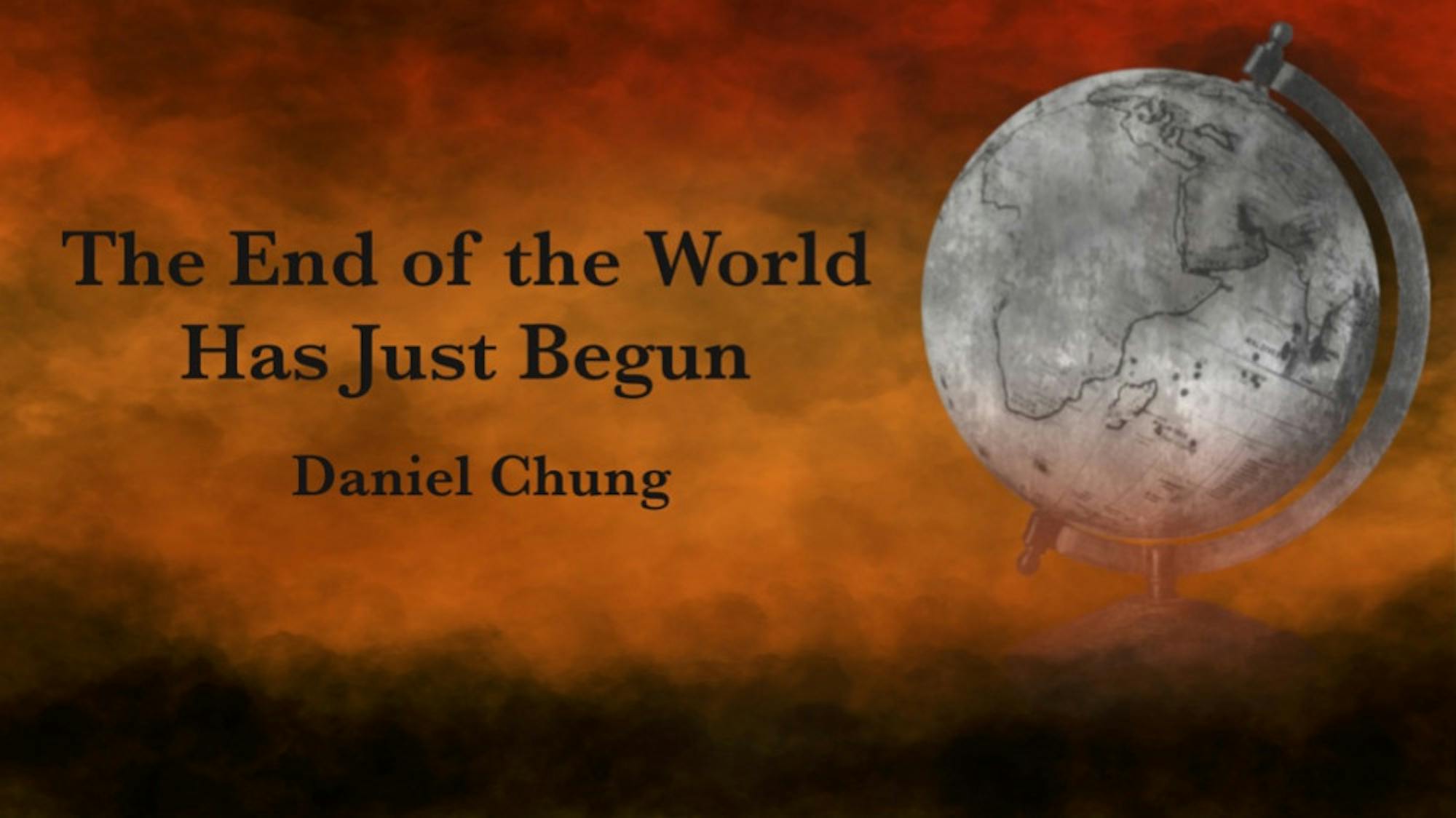In this column, we come to the heart of the matter. Due to deglobalization and the breakdown of fragile global supply chains, major sectors — especially agriculture — will see reshuffling and deterioration over the next few years.
Since 1950, the world population has tripled, coinciding with the emergence of the U.S.-led agricultural trade order held up by extremely fragile global supply chains. A major wave of agricultural trade supporting a higher world population than Earth’s natural carrying capacity of 2.4 billion came when China was brought into the system, as it grew to be the largest exporter of phosphates, an important fertilizer accounting for 30% of world exports. Another wave occurred when post-Soviet Eastern European countries joined the global system since they account for significant portions of world wheat trade as well as considerable amounts of fertilizer, especially potash.
The gains of globalization, however, are about to reverse because the supply chain disruptions of the Russia-Ukraine war have helped increase the number of people who are moderately or severely insecure to 2.3 billion people, or 29.3% of the global population. With sanctions on Russian and Belarusian exports and Ukrainian exports becoming unobtainable, fertilizer and wheat exports have been cut off for much of the world — especially for North and Sub-Saharan Africa — which were highly dependent on those exports for food and crop fertilizers. The last time that Russia’s wheat exports were reduced due to a bad harvest in 2010, the rise in food prices contributed to the Arab Spring.
Other countries have panicked to safeguard their own agricultural resources — China has effectively cut off most of its phosphate exports and is nervously hoarding wheat, which could cause a famine in South Asia. India has also been developing an exclusive food corridor, another sign of the times. Altogether, significant portions of the world seem vulnerable to famine or food insecurity, with even some countries, like Malaysia, temporarily cutting off some agricultural exports to prioritize themselves over the rest of the world in this time of uncertainty and risk.
The U.S. is not immune to the breakdown of the agricultural sector. Food inflation has climbed significantly since the beginning of the year and is currently around 11%. A cost-of-living crisis could be on the horizon, especially for the impoverished, whose pocketbooks will be hit hard. Of course, the Midwest is one of the most agriculturally productive regions in the world, but it can’t make up for losses throughout all agricultural supply chains.
Based on all this, in the short term, there could be an impending global famine, where billions die or become chronically afflicted with malnourishment. But there are solutions for the long term although they will require the internal political dynamics of certain states, especially the U.S., to change.
The U.S. must immediately move to build more fertilizer plants. The Department of Agriculture’s new investments are a good start but more must be done so that the U.S. can provide fertilizer for domestic agriculture and to support food-deficient countries in the absence of Russian or Chinese inputs. Besides that, the U.S. and developed countries also need to be more careful and effective with where their food ends up; food is often disposed of instead of being given to those as needed, so establishing oversight could help to make sure that food ends up where it is most needed. A final intriguing idea that has been raised is the possibility of cultivating grains like the less input-intensive, more nutrient-rich millet., Although it may be labor-intensive to grow — getting around many problems surrounding the current fertilizer-intensive system is crucial for survival.
Altogether, at least in the realm of agriculture, we are in for a tough ride. There is a way out, but we must be prepared to make hard choices about what is practical to embrace and recognize that either way, things for the next few years will be rough — both at home and abroad.






